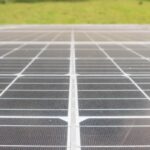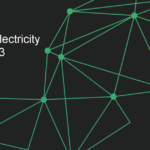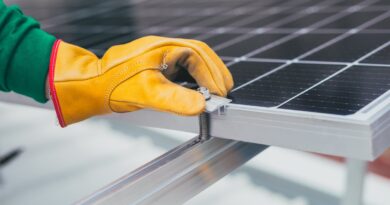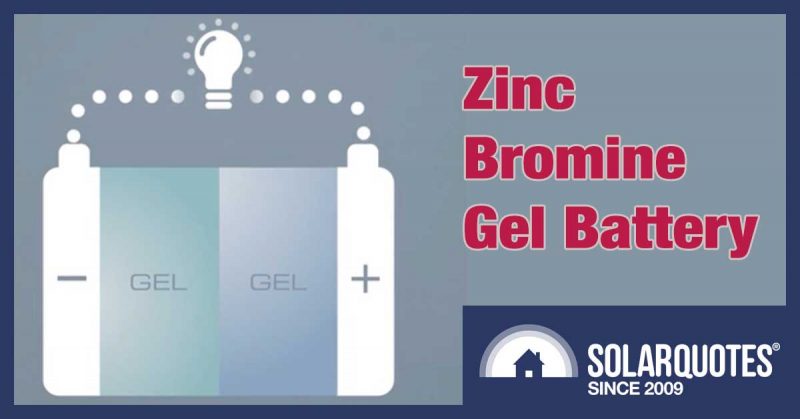Batteries Key To Solar’s Future In A “Post-Peak” Market

Will solar sales soon go to the dogs without batteries? Image: Adelaide Solar Safe
Australia has seen a decade of explosive growth in renewables, but there’s another big change coming. According to Green Energy Trading chair Ric Brazzale, we’re very close to the peak of new rooftop solar PV.
Speaking to the “Energy Storage: Residential & Commercial” session a couple of weeks ago at the All-Energy 2020 virtual conference, Brazzale was outlining Green Energy Trading’s forecasts for the sector (a replay of the session is available here).
The economics of residential PV are already changing, with high feed-in-tariffs reaching the end of their life and high solar energy production driving down daytime wholesale electricity prices. And as the new economics become the norm, the economics of home batteries will become a vital factor in households’ willingness to invest in new solar PV.
“PV economics will deteriorate until battery economics catch up”, Brazzale told the conference.
The deteriorating economics will soon rob oxygen from what has been a juggernaut of new rooftop solar.
There are still some records yet to tumble, however. Brazzale said 2020 will be another record year for rooftop solar power system installations, following a record year in 2019. He told the conference that last year, 2.3GW of new solar capacity was installed (including both rooftop and utility-scale).
“If we strip out utility-scale solar and just look at the rooftop market, we can see that 2020 will likely be the peak year at 2.1GW. We’re expecting the market to come off next year and probably the following years as well.”
The scale of the market in 2020 is astonishing compared to the last peak (in 2011, when 250,000 rooftop systems were installed). Then, the average size of solar systems installed on rooftops was less than 2kW – Brazzale reckons the 350,000 systems that will be installed this year will average 8kW (7kW for residential installations, and 20kW for commercial installations).
While the market has seen some COVID-19 impacts, growth has been suppressed primarily in Victoria, under that state’s very strict lockdowns. That’s had only a limited impact at the national level, because installation companies diverted resources to other states such as NSW and South Australia.
As well as pushing electricity into the grid at a rate that produces negative wholesale prices, Brazzale said another of the headwinds facing new rooftop solar is the number of markets seeing minimum demand.
“We’re starting to hit minimum demand in most NEM jurisdictions and the NEM as a whole.”
For example, a minimum demand level of 278MW was recorded recently in SA – and Green Energy Trading expects there will be more than 300MW of new solar PV installed in that state this year.
The expected “massive negative demand” is why AEMO recently called for urgent action in South Australia, and why that state is taking actions including imposing new (and unpopular in some quarters) technical regulations on solar inverters.
As Brazzale noted in his presentation, negative demand is hollowing out daytime prices, and lower wholesale prices are being reflected in lower feed-in tariffs.
Past the peak, he said, the residential PV market will fall back to match the rate of new home builds (still a viable market, but no longer the long boom we’ve seen).
Batteries Underpin The Future…
This, he said, is why battery economics are so important: batteries support both the grid by absorbing excess energy production, and provide the best opportunity for the household to recover their investment (shifting consumption away from times of high prices, for example).
However, savings need to be sufficient to cover the investment (eventually with only a minimum of government support) – and we’re a long way from that.
Some market movements are already making batteries more attractive, Brazzale noted. For example, networks are already rolling out time-of-use charges and there are proposals emerging to charge households for solar exports when there’s too much power entering the grid. Even South Australia’s controversial inverter rules have their part to play, since as more inverters are manageable from the network side (for the purposes of curtailment), the more attractive batteries to store excess PV production become.
Brazzale also noted NSW’s green energy zones will drive batteries in that state, and South Australia’s Retailer Energy Productivity Scheme (the proposed replacement for the current Retailer Energy Efficiency Scheme) is to be revised in 2021 to support batteries.
…But Need To Get Smarter
In his presentation, Huon Hoogesteger of Smart Commercial Solar agreed that a strong battery sector is fundamental to Australia having a solar industry in the future.
He contended that today’s passive – “dumb” – batteries will always struggle to pay for themselves in a household setting. What’s needed, he believes, is batteries that can take advantage of every possible opportunity to make or save money from storing and releasing electricity at the right moments.
Hoogesteger said there are five functions batteries can perform that can be a source of value (either by generating a saving or revenue for the owner):
- behind-the-meter energy storage and discharge
- behind-the-meter demand management
- spot market arbitrage (that is, selling electricity to the grid when prices are high)
- FCAS (Frequency Control Ancillary Services)
- and grid backup or UPS functions.
Because dumb batteries can’t fulfill most of those functions, Hoogesteger said their prices will have to fall by half before they offer a good enough proposition for most people.
The sole exception is a business that wants batteries to protect it against losses due to outages: where loss of either produce or productivity is costly, batteries make their own business case.
In the more general sense though, adding intelligence to the battery is key, because it’s the intelligence that can respond to network events that need batteries to either charge or discharge on demand.
Original Source: https://www.solarquotes.com.au/blog/batteries-solar-future/


















